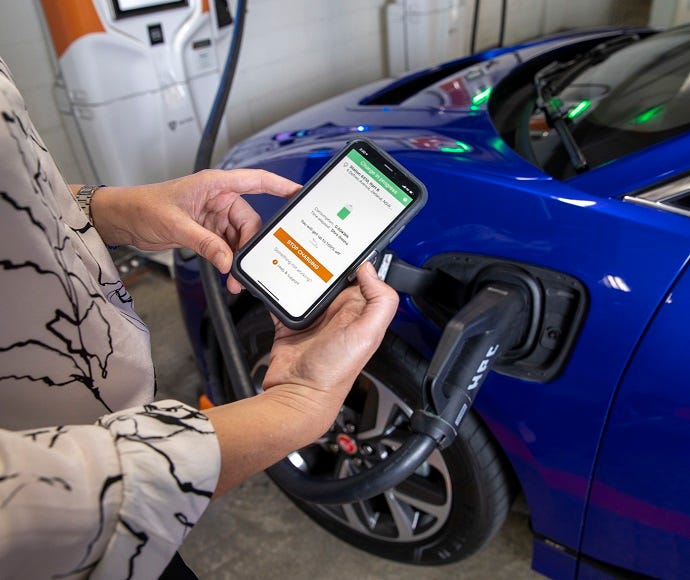How To Revive Your Batteries and Save Money
The Complete Guide to Battery Reconditioning: Revive Your Batteries and Save Mone
y
Battery reconditioning is a cost-effective and environmentally friendly way to extend the lifespan of your batteries and reduce waste. In this guide, we'll explore the step-by-step process of reconditioning various types of batteries, from car batteries to rechargeable batteries used in household devices.
Understanding Battery Reconditioning
Explain the concept of battery reconditioning and how it differs from battery recycling.
Highlight the benefits of reconditioning batteries, including cost savings, reduced environmental impact, and increased battery lifespan.
Safety Precautions
Emphasize the importance of safety when working with batteries, including wearing protective gear such as gloves and safety glasses.
Provide guidelines for handling potentially hazardous materials and disposing of them properly.
Tools and Materials
List the essential tools and materials needed for battery reconditioning, including a battery charger, distilled water, Epsom salt, and a battery tester.
Recommend additional equipment such as a battery load tester and hydrometer for more advanced reconditioning tasks.
Battery Types and Reconditioning Methods
Discuss different types of batteries commonly reconditioned, including lead-acid batteries (e.g., car batteries), lithium-ion batteries (e.g., laptop batteries), and nickel-cadmium batteries (e.g., rechargeable batteries).
Provide specific reconditioning methods for each type of battery, including desulfation, electrolyte replenishment, and cell balancing.
Step-by-Step Reconditioning Process
Outline a step-by-step reconditioning process applicable to most types of batteries, including:
Battery Inspection: Check for physical damage, leaks, and corrosion.
Discharge: Fully discharge the battery using a battery discharger or by connecting it to a load.
Cleaning: Remove corrosion and dirt from the battery terminals using a wire brush and a mixture of baking soda and water.
Reconditioning: Apply the appropriate reconditioning method based on the battery type and condition.
Charging: Recharge the battery using a battery charger until it reaches its full capacity.
Testing: Use a battery tester to assess the battery's performance and capacity after reconditioning.
Troubleshooting and Maintenance
Provide troubleshooting tips for common issues encountered during battery reconditioning, such as insufficient capacity or failure to hold a charge.
Offer guidance on proper battery maintenance practices to maximize performance and prolong battery life.
Applications and Use
s
Discuss practical applications of reconditioned batteries, such as powering vehicles, household appliances, and electronic devices.
Highlight potential cost savings and environmental benefits associated with using reconditioned batteries over new ones.
Summarize the key points covered in the guide and reiterate the benefits of battery reconditioning.
Encourage readers to explore battery reconditioning as a sustainable and cost-effective solution for extending the lifespan of their batteries and reducing waste.
If you are confused with this writen guide ,visit our website to lear the Battery Reconditioning step by step by clicking here





